
Do Compressor Nebulizer Treatments Help With Covid?
1.The impact of the (COVID-19) on the lungs.
The lungs are the organs most affected by COVID‐19。
A trauma surgeon who has treated thousands of COVID-19 patients since March has warned of a dire symptom that can affect many COVID-19 survivors. The lungs of some COVID-19 survivors “look worse than the lungs of any type of horrible smoker we’ve ever seen.
For those infected, beating the coronavirus and surviving COVID-19 is not the end of the story. And complications may include pneumonia, acute respiratory distress syndrome (ARDS), multiple organ failure, septic shock, and death.
Even if symptoms are not present after the infection clears, the lungs may take longer to heal.
Therefore, it is very important to use a compresser nebulizer to clear the lungs.
2.What does a compressor nebulizer do for lung disease?
It can relieve bronchospasm, thin sputum, and prevent and treat respiratory tract infection through aerosol inhalation administration.
In many respiratory diseases, such as chronic obstructive pulmonary disease (COPD), bronchial asthma, etc., aerosol inhalation can be used for treatment.
Due to the advantages of rapid onset of drug effect, low dosage, high local drug concentration and few systemic adverse reactions, atomization inhalation has become an important adjuvant therapy in the treatment of respiratory diseases.

3.What does a compressor nebulizer treatment help with Covid?
A virologist has published his latest research results – aerosol inhaled anti-new crown drugs. Since then, many other media have also reported on this research. The drug draws on the research results of SARS and targets the ACE2 receptor that the new coronavirus acts as a target to develop a lyophilized powder anti-new crown drug. After atomization inhalation, it directly provides protection on the surface of the lungs, and can exert a long-term and broad-spectrum effect. This broad-spectrum anti-new crown drug can be used for prevention and treatment of mild cases to prevent the disease from becoming severe.
Patients with new coronary pneumonia have symptoms such as respiratory tract edema, mucus and even phlegm plugs. Mixing hydrogen and oxygen will improve the patient’s breathing, which is better than pure oxygen inhalation. If the mixed gas can carry drugs, the effect may be better.
Nebulizer for Adults & Kids
1.When should a child & adult use a compressor nebulizer?
Adults: In the period of throat discomfort, inhalation with normal saline to humidify the respiratory tract can relieve throat discomfort to a certain extent.
Children: In the early stage of cold symptoms, inhalation with normal saline to humidify the respiratory tract can prevent the aggravation of cold symptoms to a certain extent.
And the following symptoms:
- Relief of early symptoms of colds/prevention of colds
- Rhinitis
- Acute laryngitis
- Bronchitis
- Asthma etc

2.Which nebulizer is best for adults & kids?
For general household use, it is recommended to directly consider the [Compressed Nebulizer]. The atomized particles are 2-5 μm, the deposition rate of the drug in the lungs is the highest, and the natural treatment effect is the best, but it is not the smaller the particles, the better, the particles are too small to pass through There is no deposition in the lungs to affect the therapeutic effect.
[Compressed Nebulizer] It is suitable for all people (adults/elderly/children) and major respiratory diseases. The nebulizer is not the bigger the better the better. The final effect depends on:
- Medications used (as directed by your doctor);
- The size of the atomized particles determines the parts of the body that act on them;
- Frequency of inhalation/breathing;
- The pharmaceutical industry wastes the amount, and part of the mist will be blown out of the cup when exhaling, which means that the dosage is insufficient.
3.What does a compressor nebulizer treatment do for kids?
- The nebulizer can decompose the drug to make the molecules smaller and easier to absorb.
- Atomization is mostly used for the treatment of respiratory diseases. It can be inhaled through the mouth and nose, directly acting on the target organs, and the effect is fast.
- For babies who can’t take medicine, atomization can reduce a lot of trouble of feeding medicine.
- It can be used when the child is crying, quiet, sleeping, etc. It is easy to use.

4.Is compressor nebulizer safe for child?
【No Danger】
Children’s nebulization is generally not dangerous. It is necessary to communicate with the child to let the child breathe with his mouth open as much as possible. The effect of completely inhaling the drug into the throat will be more obvious. At the same time, it is necessary to take the drug regularly, drink more warm water to enhance metabolism, and do not eat spicy food & irritating food.
The use of aerosol inhalation therapy in children can keep the respiratory tract at the proper degree of humidification and humidification, relieve bronchospasm, thereby reducing airway resistance and facilitating the discharge of secretions.
It can cooperate with the breathing of the child to deposit particles with a higher unit drug concentration in the inhaled air directly on the lesion, so that the effect of the drug can be fully exerted. Compared with other routes of administration, the drug dose is small, so there are fewer systemic side effects.
FAQ
-Is nebulizer machine good for cough?
Cough caused by inflammation is better treated by atomization. The atomized liquid contains airway dilating drugs and expectorants, which can effectively expectorate phlegm.
When the cough reflex is caused by inflammatory infection, the sputum can be excreted by atomization.
For the elderly, turning over and slapping the back after nebulization has a good expectoration effect.
For children, when inhaled drugs cannot be used together,atomization is the first choice to reduce airway inflammation, dilate airways, relieve spasm and relieve asthma.
-Is compressor nebulizer good for asthma?
For irritating cough caused by asthma or allergies, it can also be treated by nebulization.
–Is a nebulizer a breathing machine?
- Nebulizers and ventilators are two completely different medical devices.
- Nebulizers are mainly used to treat various upper and lower respiratory diseases.
- Breathing machine are suitable for those with hypoxemia.
–Is a nebulizer a breathing machine?
Nebulizers are effective for lung cleansing. Administration through a nebulizer can dilute sputum, relieve bronchospasm, prevent and treat respiratory infections.






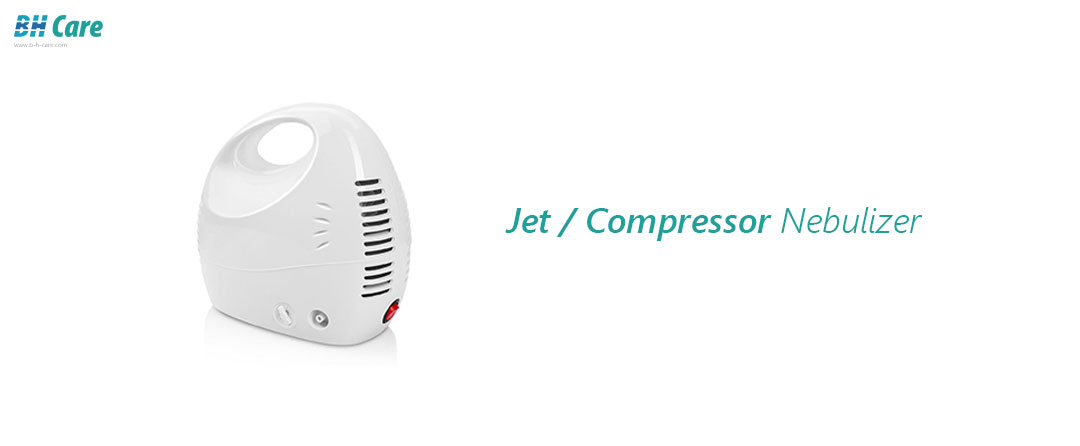

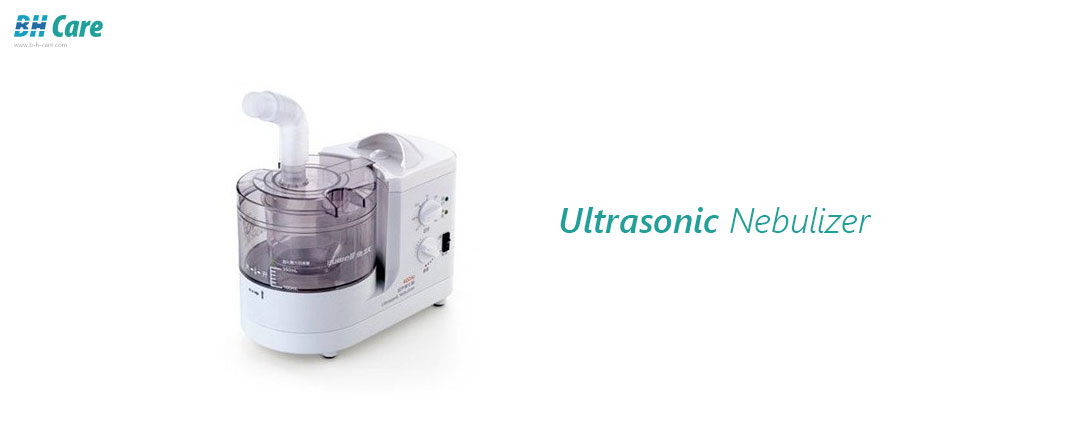


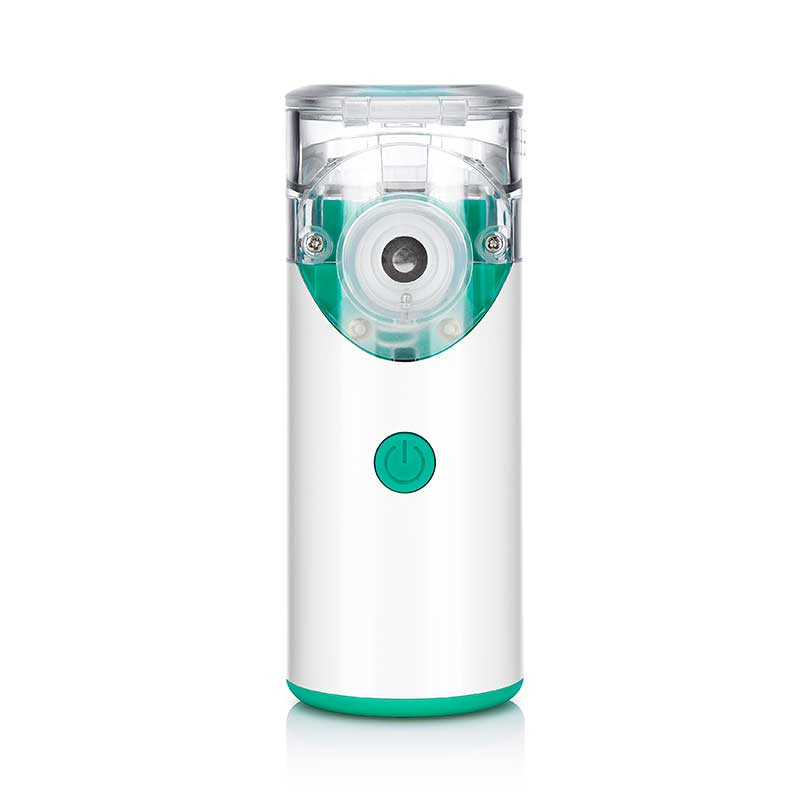







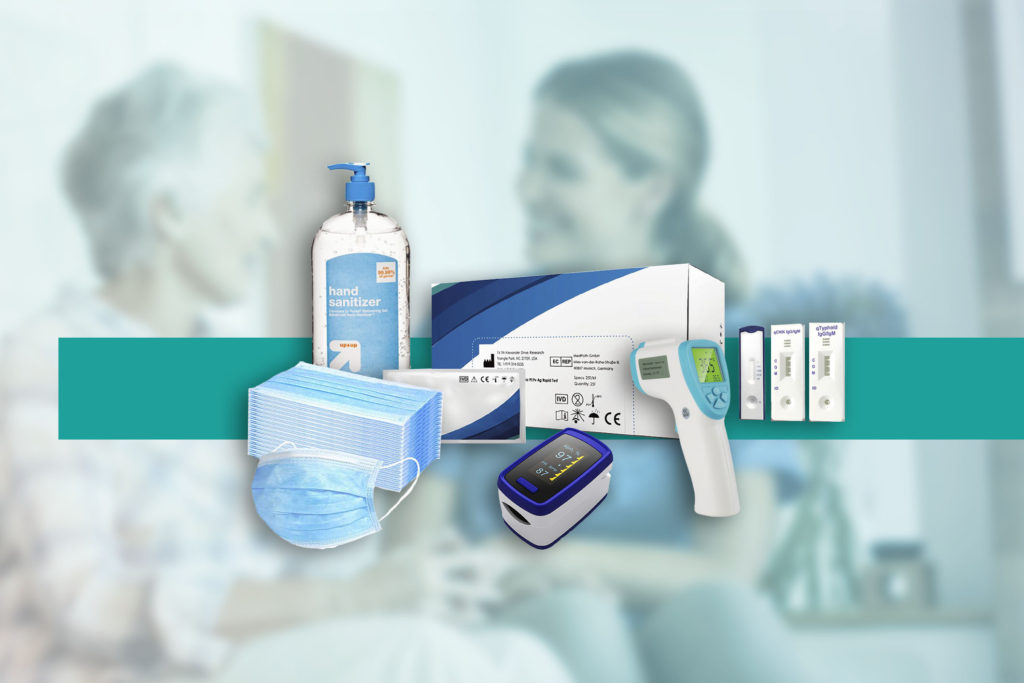












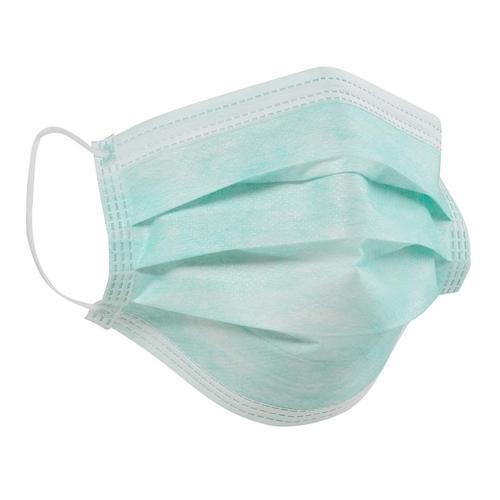


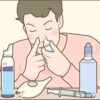
Recent Comments